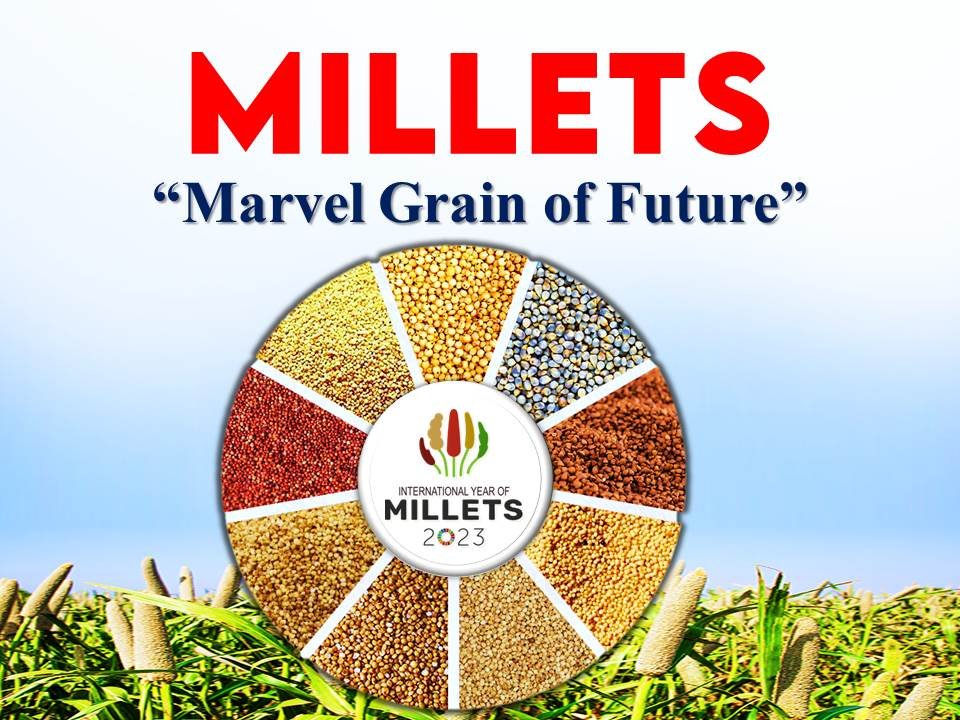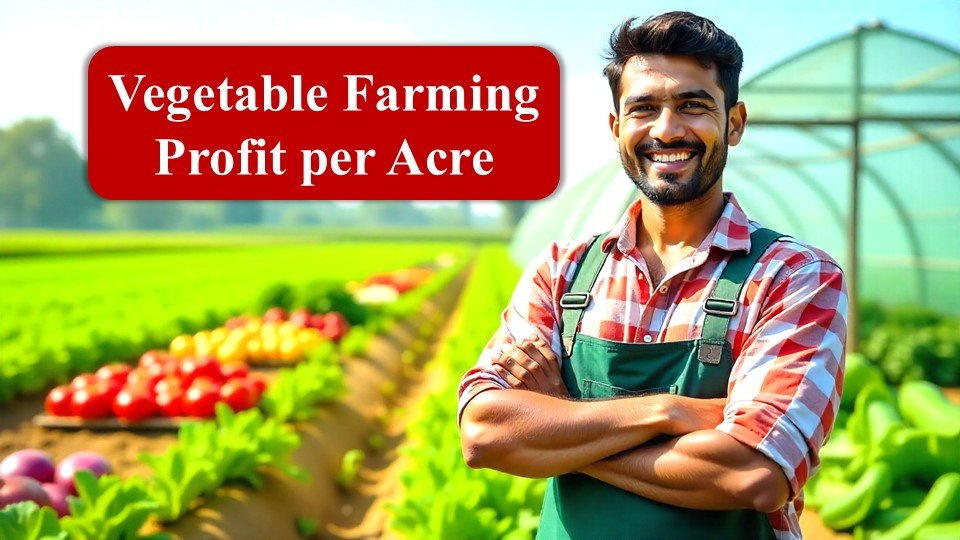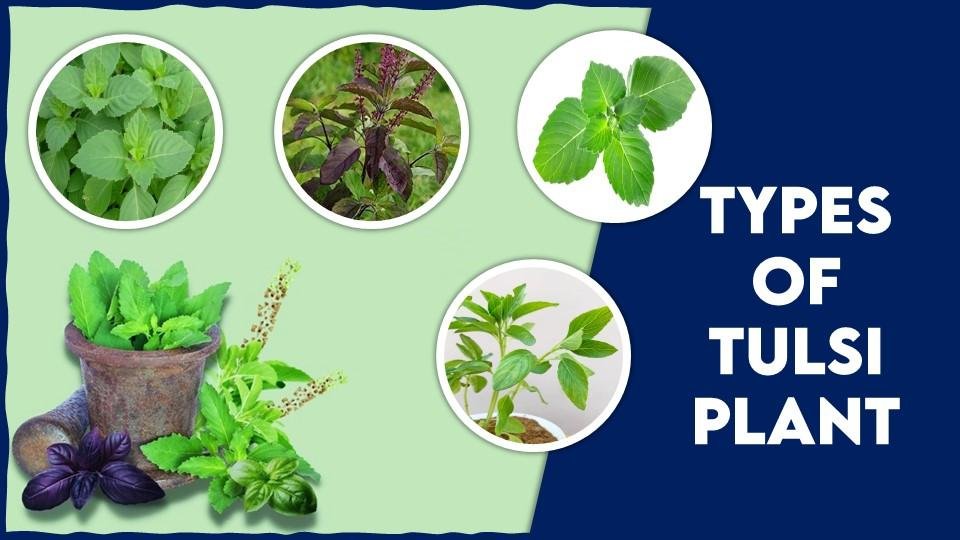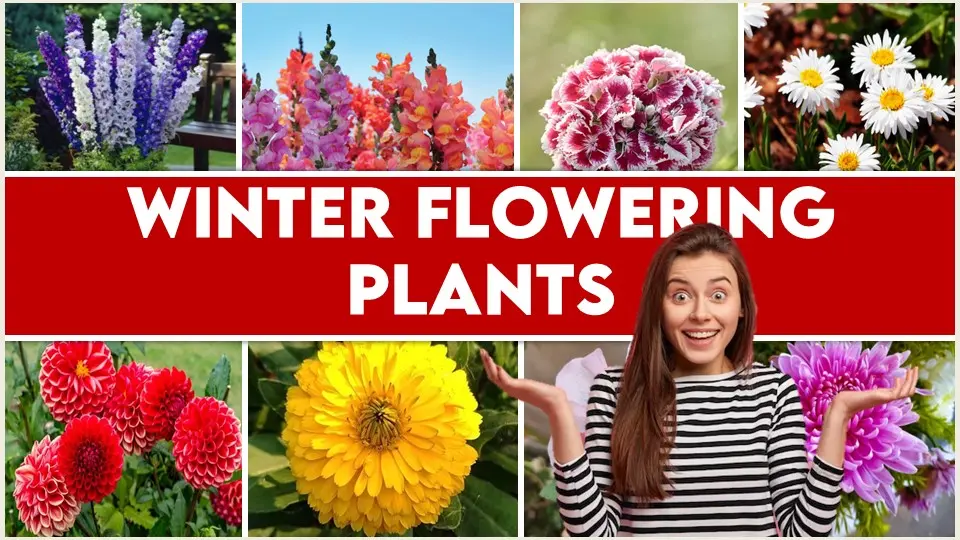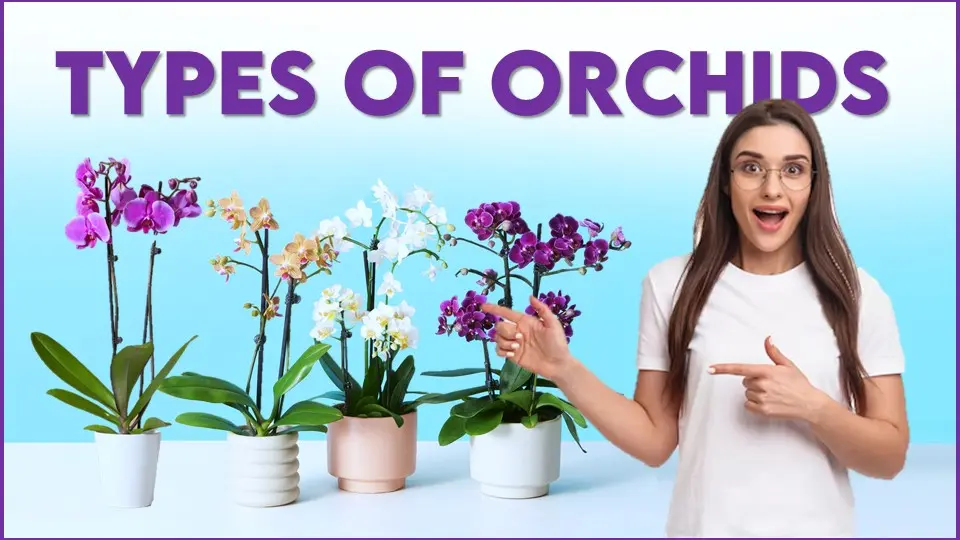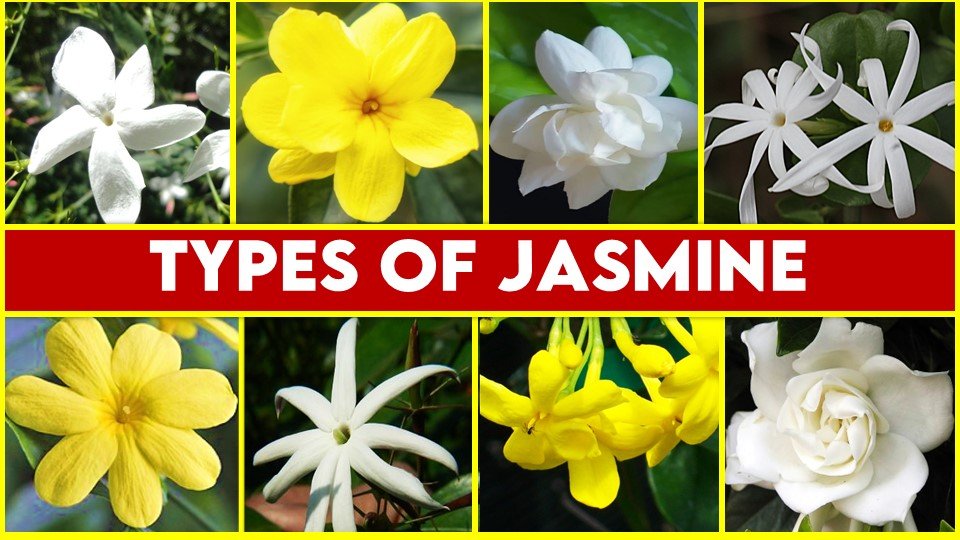Shree Anna | Millets Map of India : A matter of great pride that on the behest of Government of India under the Prime Ministership of Mr. Narendra Modi Ji and support of 72 countries at 75th session of United Nations General Assembly, year 2023 is declared as International Year of millets.
World is celebrating the millets on their plate and palates and we Indians are witnessing the millets comeback again as we had been already associated with the millets long ago. As per our Sanatan Dharma literature, millets (Shree Anna) contain 50%, 30%, 20% of the Sattva, Rajasic and tamasic characteristics which shows its connect with spirituality as well. Our rituals and the diets that has been consumed on the fasting days includes millets like kuttu (Buckwheat) and Amaranthus also establishes our strong connect with millets.
Why we are Celebrating 2023 as International year of Millets ?
IYM 2023 will lead India towards Food and Nutritional Security. Millets are considered ‘Smart Food’ as they are easy to cultivate, mostly organic and contains high nutritional value. The IYM 2023 celebration is an opportunity for India to promote Nutri-cereal Millets globally and place them in the world’s ‘food map’ with PM Modi’s vision of “Vasudaiva Kutumbakam” (The World is One Family) and to make IYM 2023 a ‘People’s Movement’ alongside positioning India as the ‘Global Hub for Millets’.
Across the globe we are entering into a new paradigm shift associated with our diet patterns, climate change as well as in the terms of new trading trends of millets. We are celebrating Year 2023 as the comeback of millets (Shree Anna) again to our farm and plates with the aim to create awareness, increase production & consumption of millets (Shree Anna) . Raising awareness to create ‘Millet Mindfulness’ is an essence of this celebration.
Millets Map of India
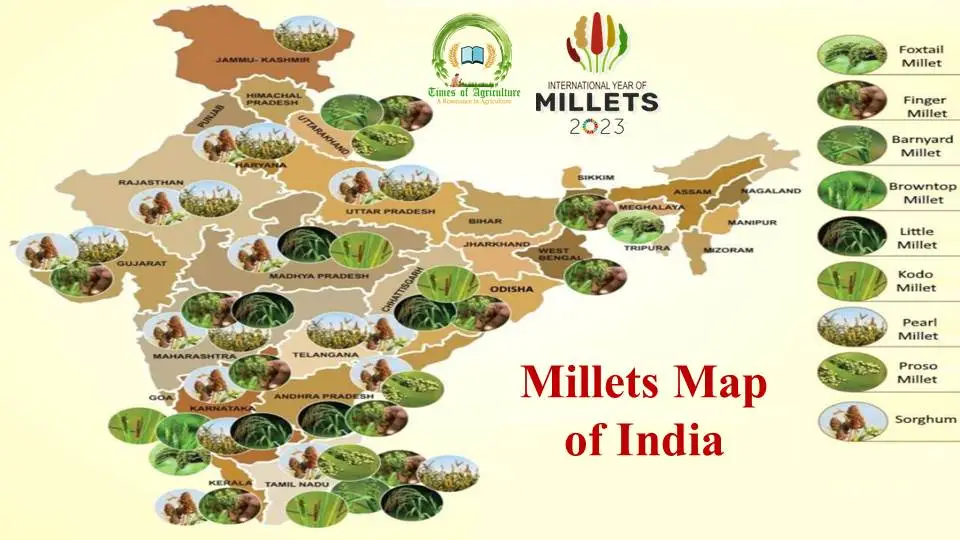
IYM 2023 will provide us with a unique opportunity to give visibility to crops that have great potential to strengthen global nutrition, food security, decent jobs & economies, while accelerating climate action. Millets (Shree Anna) are basically Asian crops, climate resilient, lead to sustainable development and help ensure Food Security & Nutrition for all.
Shree Anna (Millets): Solution to Agrarian and Nutrition challenges
Millet is a crop of family Graminae (Poeceae) that can survive in semi arid zones and require less water for irrigation which will also help us in water management. Three well-known recognized crops for its resiliency to extreme weather conditions are Quinoa, Millet and Sorghum.
Major millets- Major Millets (Shree Anna)
- Sorghum (Jowar)
- Pearl Millet (Bajra)
- Finger Millet (Ragi)
Minor Millets (Shree Anna)
- Foxtail millet (Kakum)
- Kodo millets (Kodon)
- Barnyard millet (Sanwa)
- Little millet (Kutki/Shavan)
- Proso millet (Chenna/Barri)
Pseudo Millets (Shree Anna)
- Amaranth (Ramdana/ Rajgira)
- Buckwheat (Kuttu)
Health Benefits of millets (Shree Anna)
Millets (Shree Ann) are also known as nutri-cereal as they are very high in their nutrition content. Compared to rice, they have 30 to 300% more nutritional elements such as Calcium, Minerals, Iron, Fibre, Beta Carotine and many other micronutrients. Millets are rich in B vitamins, calcium, iron, potassium, magnesium, zinc, they are gluten-free and has low-GI (Glycemic index) thus millets (Shree Ann) are suitable for people allergies/intolerance of wheat. Diabetic persons and people suffering from weight gain can also opt for millets.
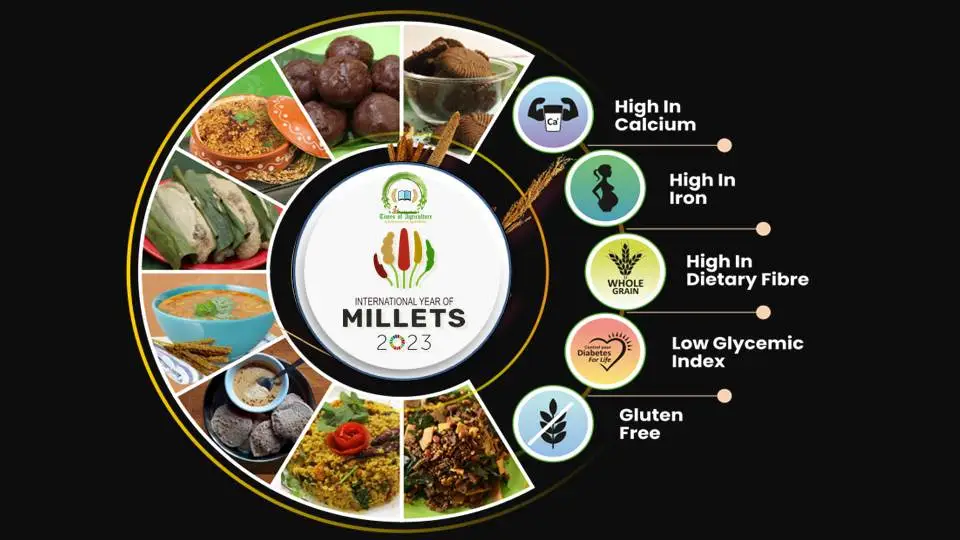
The phenolic properties found in millets compromise phenolic acids, flavonoids, and tannins, which are beneficial to human health.
- Pearl Millet (Pennisetum glaucum) Bajra – PearlMillet is a super food it helps in reducing cholesterol, high sugar levels, aids in weight loss, relieves constipation, prevents insomnia, best plant based protein source, high in antioxidants, treats iron deficiency anaemia.
- Finger Millet (Eleusine coracana):Ragi/Madua- Finger millet is full of dietary fiber, which helps to control the “bad” cholesterol that can contribute to heart diseases like atherosclerosis. Soluble fiber absorbs cholesterol before it enters your bloodstream, maintaining a lower cholesterol level.
- Foxtail Millet (Setaria italica)Kangani/Kakun- Foxtail Millet is rich in Vitamin B12 which is essential for maintaining a healthy heart, smooth functioning of the nervous system, and in general good for skin and hair growth. Foxtail Millet may improve glycemic control and reduce insulin, cholesterol.
Also Read..
- Sorghum ( Sorghum bicolor) Jowar– Gluten-free, rich in fiber, great food for diabetics, source of protein, packed with essential minerals, promotes the health of bones, helps you lose weight, preserves the health of digestive system, great source of proteins for vegetarians and vegans, rich in antioxidants, extremely versatile grain, and more sustainable than other grains.
- Kodo Millet (Paspalum scrobiculatum ) – Being naturally rich in fiber, millets also help to reduce problems like constipation, flatulence, bloating and stomach cramping. Millets are a good source of magnesium which is known to be promoting heart health. It helps to reduce blood pressure.
- Proso Millet (Panicum miliaceum L)- Proso millet has multiple benefits when consumed as human food. Proso millet is rich in minerals, dietary fiber, polyphenols, vitamins and proteins. It is gluten-free and therefore, ideal for the gluten intolerant people. Proso millet contains high lecithin which supports the neural health system.
- Barnyard Millet (Echinochloa esculenta)- Low in calories, rich in dietary fiber, low glycemic index, gluten free grain, good source of iron.
- Little Millet (Panicum sumatrense)- Little millet is rich in Magnesium which helps improve heart health. It is also rich in Niacin which helps lower cholesterol. Little millet contains phosphorus which is great for weight loss, tissue repair and energy production after strenuous workout. It also helps detoxify the body.
- Buck-wheat ( Fagopyrum esculentum)- Boosts heart health, improves digestion, helps in weight management, lowers blood sugar level.
- Amaranthus (Amaranthus viridis)- Amaranth is rich in antioxidants, including gallic acid and vanillic acid. Antioxidants help fight free radicals, which are damaging byproducts of normal cellular activity, helping to reduce everything from signs of aging to heart disease.
Millets are resilient to environmental stress, pests, and illnesses, making them a sustainable food supply to fight hunger in a changing world. Millets are also a long-term alternative for halting climate change and creating climate-resilient agri-food systems because they don’t need a lot of water or other resources.
Iron, folate, calcium, zinc, magnesium, phosphorus, copper, vitamins, and antioxidants are all concentrated in nutri-cereals. Dietary fibre is abundant in millets (Shree Ann) . Along with being essential for children’s proper growth and development, they have been demonstrated to reduce the risk of heart disease and diabetes in adults. Millets are good for diabetics because they don’t contain gluten and have a low glycemic index. They can also help prevent cardiovascular disease and nutritional deficiencies.
Milltes (Shree Anna) Scenario in India
India produces >170 lakh ton ( 80% of Asia’s & 20% of global production). India is among the top 5 exporters of millets in world. World export of millet has increased from $400 million in 2020 to $470 million in 2021 (ITC trade map). India exported millets worth $64.28 million in the year 2021-22, against $59.75 million in 2020-21. Share of Millet based value added products is negligible.
India’s Millet (Shree Anna) Trade:
India exported millets products worth of USD 34.32 million during 2021-22. In 2020- 21, India exported millets worth USD 26.97 million against USD 28.5 million in 2019-20. Major countries that import millets from India are UAE, Nepal, Saudi Arabia, Libya, Oman, Egypt, Tunisia, Yemen, the UK and the US. The major millet-importing countries in the world are Indonesia, Belgium, Japan, Germany, Mexico, Italy, the US, the UK, Brazil, and the Netherlands.
India Millets (Shree Anna) Production:
India is the largest producer of millets in the world with a share of 41 per cent in 2020. The major millets producing states in India are Rajasthan, Uttar Pradesh, Haryana, Gujarat, Madhya Pradesh, Maharashtra, Karnataka, Tamil Nadu, Andhra Pradesh and Telangana. Currently, together these ten states accounts for around 100 per cent in Millets production in India. Three states namely Rajasthan, Uttar Pradesh and Haryana accounts for more than 81 per cent share in total millet products. Rajasthan contributes half of the total millet production in India’s total millets production. In India, multiple verities of millets such as Bajra (Pearl Millets), Jowar (Sorghum), Ragi (Finger Millet), Canary seeds, Buckwheat and Other Cereal. Pearl millet (Bajra) and Sorghum (Jowar) constitutes the largest share in India’s total production of millets.
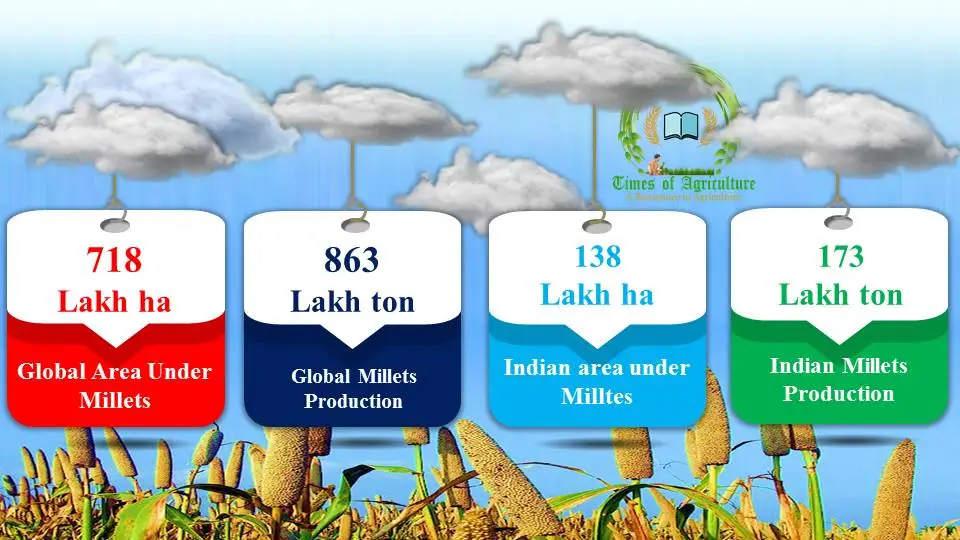
Export of Millets (Shree Anna) :
Agricultural and Processed Food Products Export Development Authority (APEDA) takes all measures to promote millet exports. Despite the COVID Pandemic,millets export from India has continued its upward trend during 2020-21 and has attained an all-time high of US $ 64.28 Million mark for the first time in the history of Millets export. During 2021-22, the export of Millets and Millets related products from the country has been shipped worth of 1,59,332 MT valued Rs. 479.56 crore(64.28 millionUS$).
India is among the top 5 exporters of millets in world. World export of millet has increased from $400 million in 2020 to $470 million in 2021 (ITC trade map). India exported millets worth $64.28 million in the year 2021-22, against $59.75 million in 2020-21. Share of Millet based value added products is negligible. India is the largest producer as well as the largest exporter of cereal products in the world. India’s export of cereals stood at Rs. 96,011.42 Crore / 12,872.64 USD Millions during the year 2021-22.

Way Forward: Millets are emerging as superfoods. There is a need to create awareness about the benefits of millets (Shree Ann) . Millet farmers are highly unorganized and face several problems. Promoting the production of more millets by providing price support to farmers can come andy to farmers as there’s not only a social dimension but also a nutritional and environmental aspect associated with these cereals.
Millet farmers need to be organized under Farmer Produecr Organizations to address their challenges. Further there is also a need to encourage a large number of players working on value-added millet products in India. Various reasons behind the decline of area under millets such as low remuneration, lack of input subsidies and price incentives, subsidised supply of fine cereals through the public distribution system (PDS) and change in consumer preferences and lower demand need to be strategically addressed.
Focussed attention need to be laid on encouraging proper market linkages for millet production and marketing.There is a need for developing a decentralised model of processing capabilities so that the growers get to benefit at a community level and in the growing regions.Dedicated programmes with capacity-building initiatives that support farmers to move away from loss-making crops toward diversification via millets.The International Year Of Millets is a great opportunity to promote and popularize millets across the globe and we need to join hands in this endeavor.
Latest Post…
- Beyond Classrooms and Gardens: How a Professor Turned His Passion into Purpose
- Top 10 Vegetable Farming Profit Per Acre in India
- Top 10 Profitable Fruit Farming in India
- 15 Best Indoor Farming Business Ideas in India
- Saffron Farming at Home: Amazing Guide for You in Steps
- 25 Types of Agave Plants to Create a Whimsical Landscape.
- Indoor Plants with Flower : Top 15 Flowering Indoor Plants
- Roof Garden Design Ideas: Latest 15 to Elevate Urban Living
- How Does Vertical Farming Work?
- Types of Tulsi Plant in India
- Top 15 Most Profitable Farming in India [2024]
- 25 Agriculture Business Ideas for 2025
- Top 15 Winter Flowering Plants in India
- 15 Different Types of Orchids in India
- Types of Jasmine Flowers : World of Fragrant


